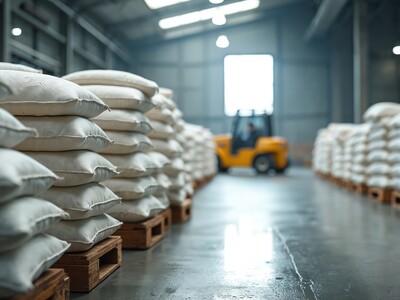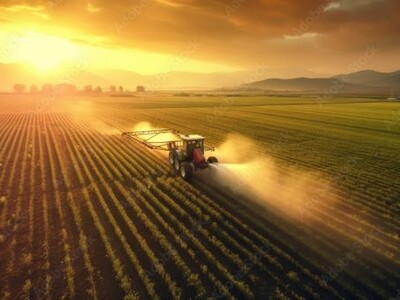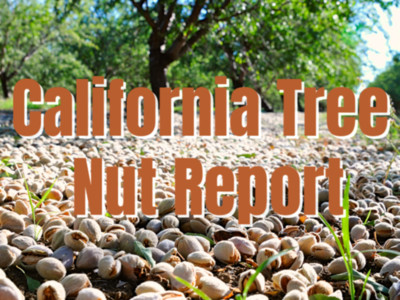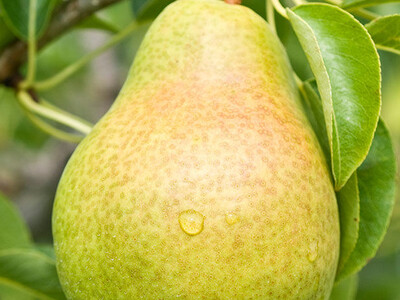Utilizing Digesters For Energy
Utilizing Digesters For Energy. I’m Greg Martin as Line On Agriculture presents the Harvest Clean Energy Report.
Up until a few years ago in the Martin household any food scraps or peelings went into the trash bag which went to the landfill. Then we discovered compost where nature takes over to turn those scraps into a rich soil for the garden. The same holds true for large food producers. What to do with all the extra? That’s where biodigesters come in and according to Allen Christie, a retired Simplot worker and now with Strategic Energy Group, this science has been around a long time.
CHRISTIE: In the 1980’s is when they kind of started but if you think about it the anaerobic digestion problem relies on a sealed vessel to hold the methane gas once it’s created anaerobically. Also the digestion bugs if you will really weren't discovered until I think the 1800’s so the process of being able to contain it and being able to create the gas all kind of came together at that time.
The first anaerobic digester was actually built by a leper colony in Bombay, India in 1859. But really it wasn’t until the 1970’s and 80’s when it became a viable process.
CHRISTIE: In the 1800’s it actually started out I think to generate gas because that was kind of the first thing that was discovered was you could make methane gas from it and it kind of started off as an energy generator and then it got to be a waste treatment processing device as we use it at Simplot and then it kind of ran back around to being an energy generator which is kind of an interesting thing over a hundred year period.
According to Christie the wide open space of the west are great place to build these digesters.
CHRISTIE: The Simplot plants are kind of an example of a heavy industry that probably runs about 2-million gallons a day from the plant so you have to have quite a difference process for anaerobic digestion when you think about it you have a lot bigger system and since the potato plants are all out here in the northwest pretty much and land is available you were able to build a 20-million gallon vessel to hold the water where in the middle of the city you’re not going to be able to do that.
But it’s not just these massive digesters that can be built. Smaller digesters have their place as well.
CHRISTIE: For smaller facilities you just go for quicker processing building in a tank or if you have an operation in town let’s say where you don’t have 5 acres of land to build a low rate anaerobic, you’ll go to a high rate and just put in a tank with a very small footprint and it’s more vertical that way. The process is pretty amenable to just about anything. You can go to all kinds of sizes, all kinds of rates.
For additional information on clean energy, visit harvestcleanenergy.org. That’s today’s Line On Agriculture. I’m Greg Martin on the Ag Information Network.???www.harvestcleanenergy.org

















